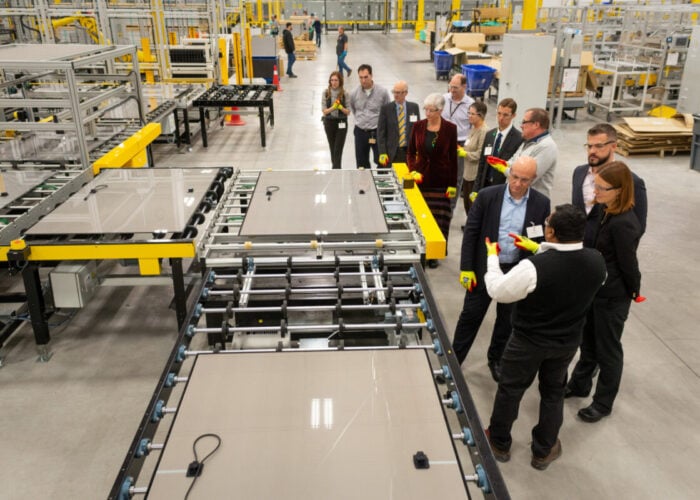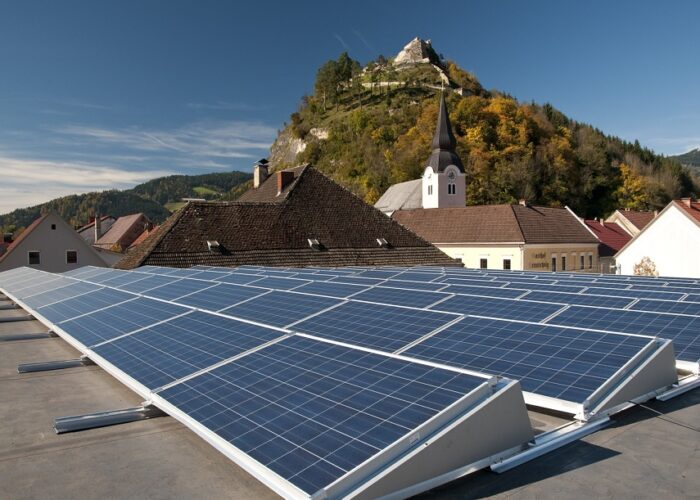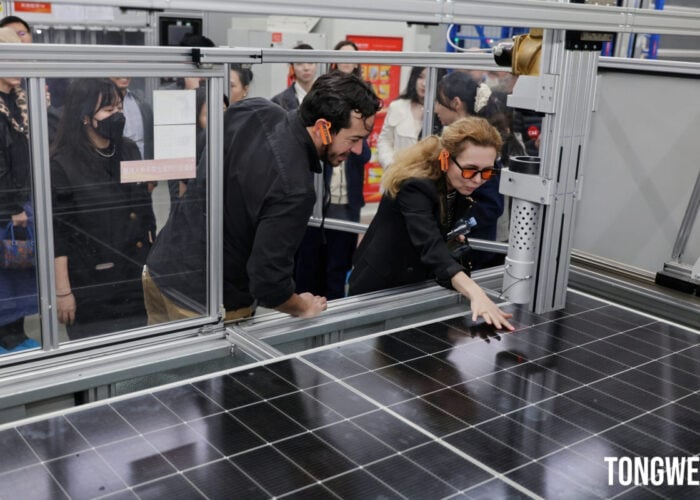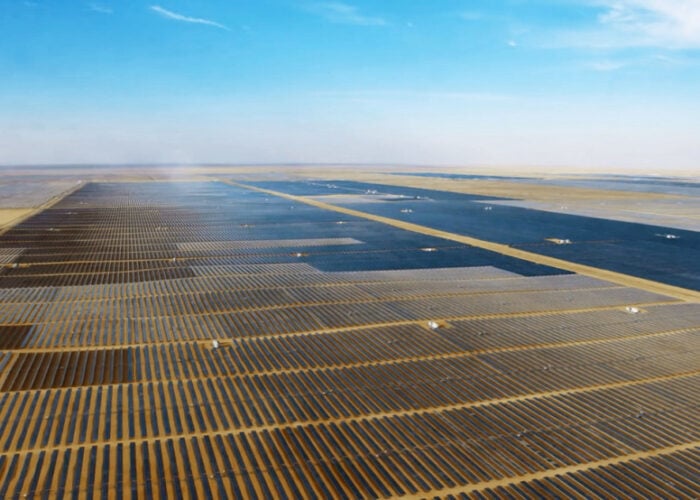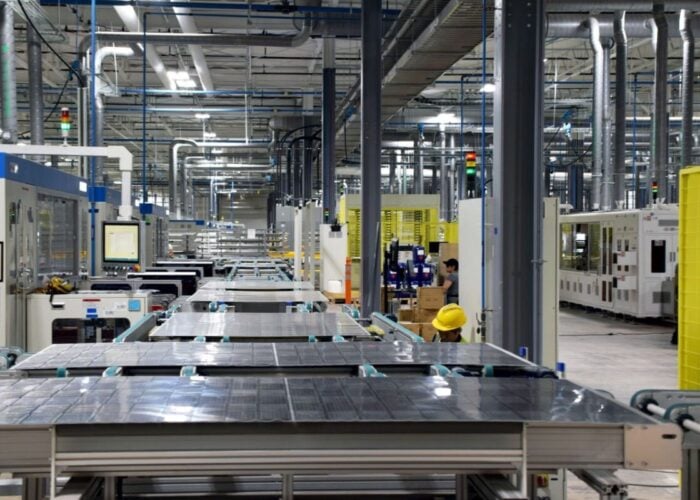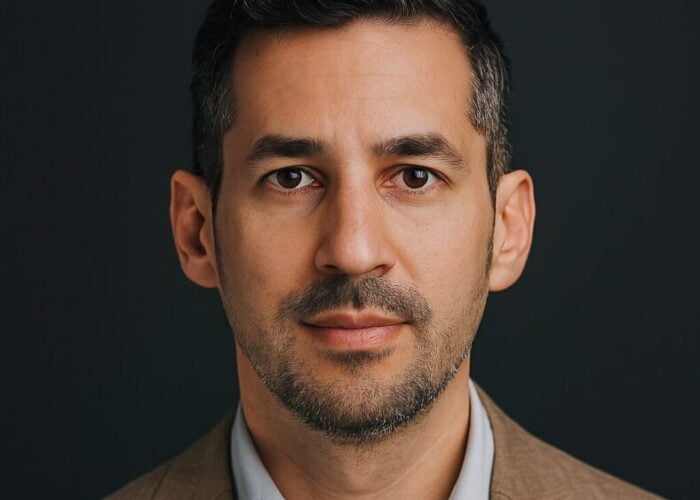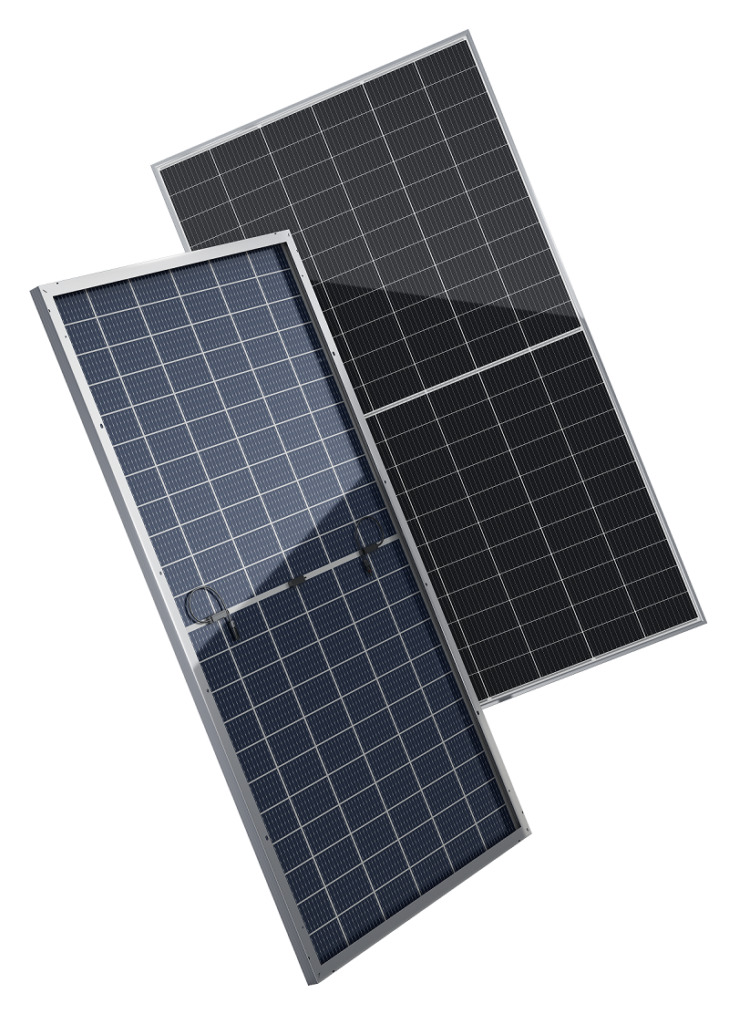
Solar module manufacturer Seraphim has launched its new S5 series of high-efficiency PV modules with a maximum power output of up to 670W and an efficiency of 21.57%.
The S5 series integrates 210mm silicon wafers with multi-busbar, half-cell, dual-glass technologies and can achieve stronger performance and reliability by increasing the light-receiving area, while ensuring the cell efficiency, Seraphim said.
Try Premium for just $1
- Full premium access for the first month at only $1
- Converts to an annual rate after 30 days unless cancelled
- Cancel anytime during the trial period
Premium Benefits
- Expert industry analysis and interviews
- Digital access to PV Tech Power journal
- Exclusive event discounts
Or get the full Premium subscription right away
Or continue reading this article for free
The new product also adopts 0.8mm high-density encapsulation technology to “significantly enhance power density of the modules” compared with 2mm cell spacing, Seraphim said.
Changzhou, China-headquartered Seraphim, which BNEF rates as a Tier-1 module maker, has rolled out two versions in its launch – 132 cells and 120 cells – and has paired them with choices of single-glass and bifacial dual-glass configurations, with a power output ranging from 595W to 670W.
Products in the S5 series have been subjected to multiple tests – PID, hail, sand-dust and ammonia – and demonstrated “high reliability”, with Seraphim expecting them to be “powerful contenders in the field of highly-efficient PV module products”. Seraphim has been named as a top PV module manufacturer by PV Evolution Labs, which tests module performance.
Seraphim “has invested a great amount of effort in R&D and has accumulated a rich and unique experience in the research and development of the expertise and technology of highly-efficient modules,” said Polaris Li, chairman and president of Seraphim, who recently spoke with PV Tech Premium about how his company was planning for a ‘post-PERC’ era of solar PV.
And, in September last year, Seraphim started construction on new phases of its 10GW module manufacturing facility in Jinzhai, China. The first phase of the project was put into operation in June last year, with second and third phases expected to enter commercial operations in 2022 and 2023, respectively.

